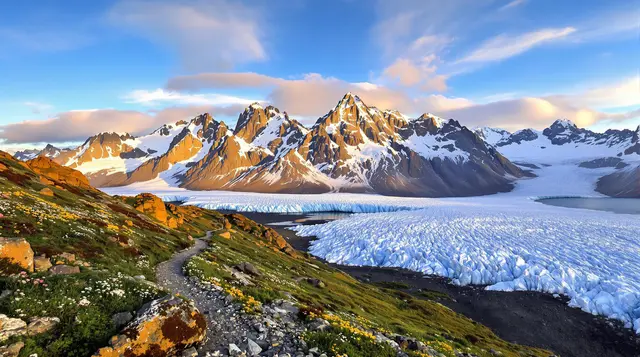
There’s a rare kind of silence you only find far from highways, screens, and city lights—the kind where wind rustles wild grass, stars blaze like campfire sparks, and your heartbeat syncs with the rhythm of something ancient.
In these places, time stretches, the air feels cleaner, and solitude becomes a luxury instead of a fear. This isn’t a guide to national parks with gift shops and shuttle stops.
It’s a call to the wildest corners of the country—where nature doesn’t whisper, it roars. If you’ve ever craved an escape that strips life back to what matters, you’re in the right place.
1. Gates of the Arctic National Park, Alaska
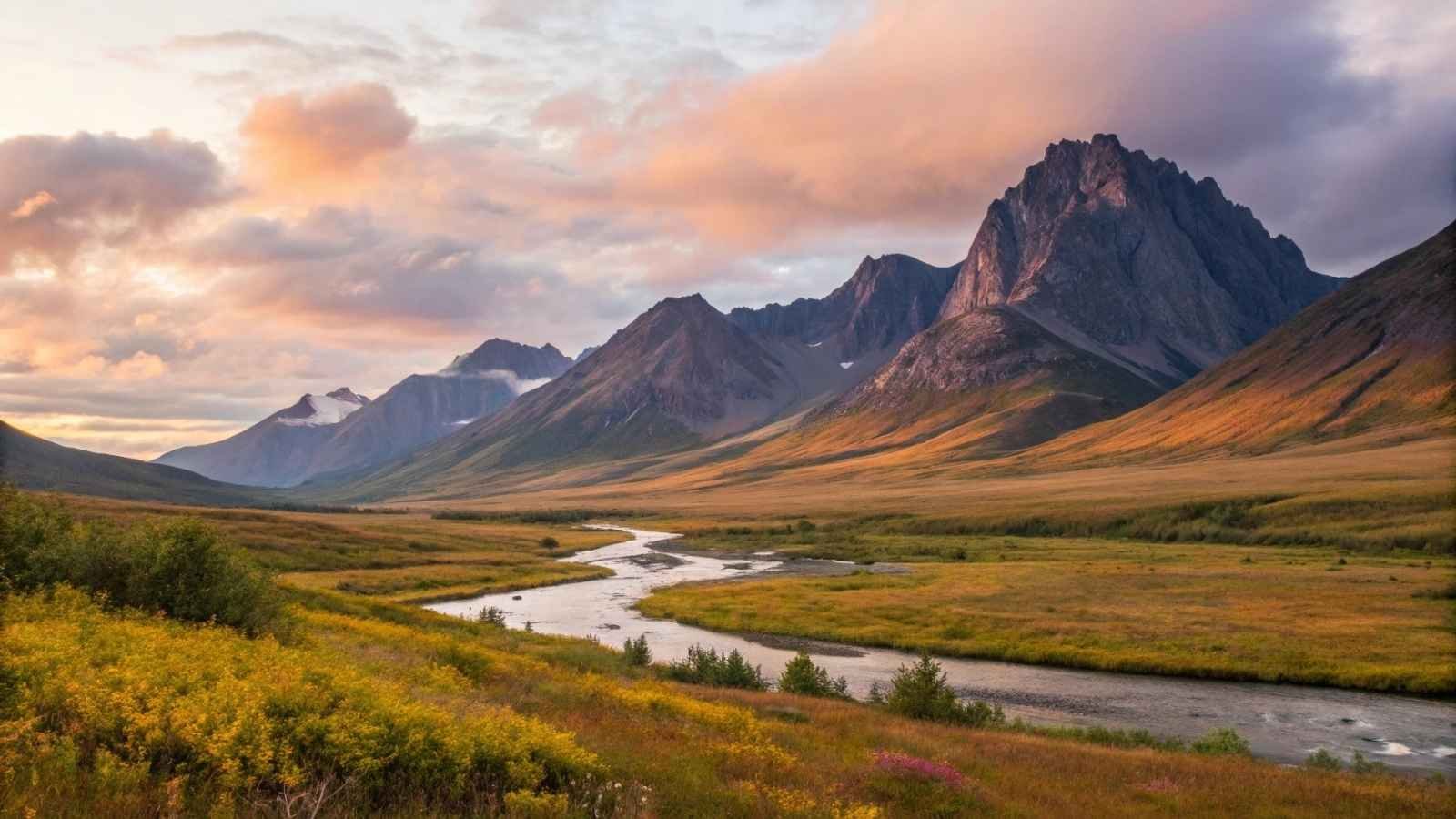
There’s wild… and then there’s Gates of the Arctic. No roads, no trails, and no signs. Just eight million acres of raw, untouched Arctic wilderness sprawling across Alaska’s Brooks Range. You can walk for days without seeing a soul—and that’s the beauty of it. This is the park you come to when you want to completely unplug, not just from your phone, but from the world itself.
The landscape feels ancient—glacial valleys, jagged peaks, and rivers that haven’t been dammed or diverted. Wildlife roam freely here: grizzlies, wolves, caribou, and golden eagles. You’re not just visiting nature here—you’re stepping into it like a quiet guest. I once met a solo hiker who called it “the loneliest place I’ve ever loved,” and that stuck with me.
Because there are no visitor centers, trails, or established campsites, you’ll need to be self-sufficient and prepared for true backcountry survival. But the reward? Standing on a ridge with 360-degree views of untouched land and feeling like you’re the last human on Earth.
Quick Facts & Planning Tips:
- Best Months to Visit: July to early September
- Activities: Backpacking, fly fishing, pack rafting, wildlife watching
- Getting There: Bush plane from Fairbanks (no roads lead in)
- Permits Required: None, but backcountry experience is essential
- Pro Tip: Hire a local guide if it’s your first time venturing that far out
2. Katmai National Park, Alaska
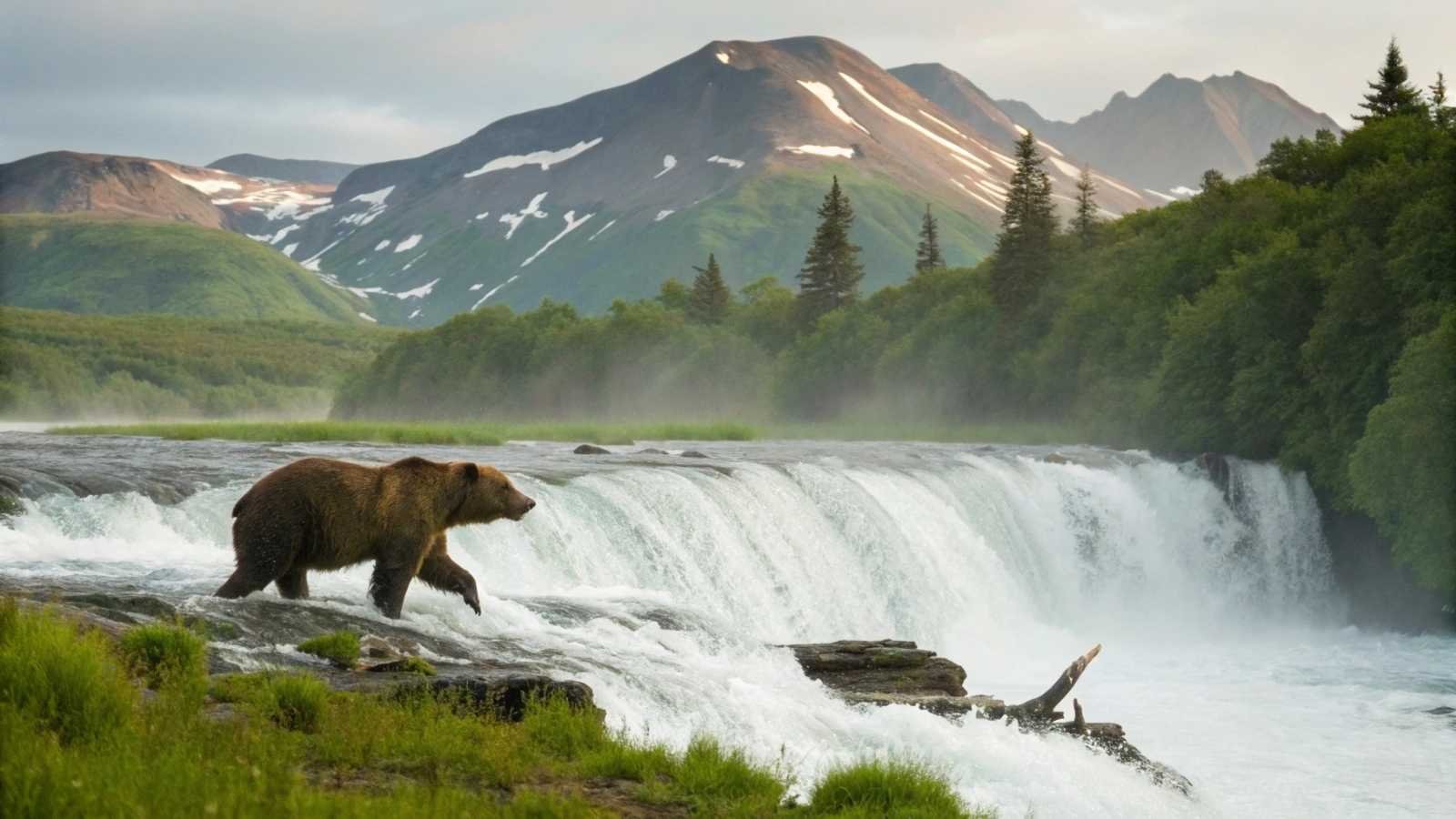
You know those viral videos of grizzlies standing in waterfalls catching salmon like sushi chefs? That’s Katmai, and yes, it’s even more surreal in person. While the bears steal the show at Brooks Falls, the rest of the park is just as wild—smoking volcanoes, ash-filled valleys, and pristine rivers winding through the Alaskan wilderness.
Katmai’s otherworldly vibe comes from its volcanic past. The Valley of Ten Thousand Smokes is a vast ash plain born from one of the most powerful volcanic eruptions in recorded history. Hiking through it feels like you’re exploring another planet. It’s haunting, silent, and humbling.
What I loved most was the thrill of kayaking past bear-dense riverbanks, with bald eagles overhead and not another boat in sight. Wildlife rules the land here, and you’re just passing through. Bring binoculars and nerves of steel—you’re gonna need both.
Quick Facts & Planning Tips:
- Best Months to Visit: June to September (peak bear viewing is July)
- Activities: Bear viewing, kayaking, hiking, fishing, volcano tours
- Getting There: Floatplane from King Salmon
- Permits Required: None for most areas, but reservations for Brooks Camp
- Pro Tip: Book early if you want to stay at Brooks Lodge—spots fill fast
3. Isle Royale National Park, Michigan

Most people don’t even realize Michigan has a national park out in the middle of Lake Superior, let alone one of the wildest and most remote in the Lower 48. Isle Royale is accessible only by boat or seaplane, and once you land, there’s no traffic noise, no cell signal, no stress—just forests, loons, moose, and wolves.
The entire island is a backpacker’s dream. It’s covered in thick pine forests and rocky shorelines, with 165 miles of trails winding through backcountry terrain. You can kayak from island to island or camp under the stars while listening to wolves howl across the lake. Time slows down here—like you’ve been dropped into a quieter, simpler world.
When I visited, I saw more otters and moose than people, and that’s saying something. There’s a real sense of intimacy here between you and nature—maybe because it takes effort to get there, but it’s worth it.
Quick Facts & Planning Tips:
- Best Months to Visit: Late May to early October (closed in winter)
- Activities: Backpacking, kayaking, wildlife watching, scuba diving
- Getting There: Ferry from Michigan or Minnesota, or seaplane
- Permits Required: Yes, for overnight camping
- Pro Tip: Bring mosquito gear—they’re intense in midsummer
4. Wrangell–St. Elias National Park, Alaska
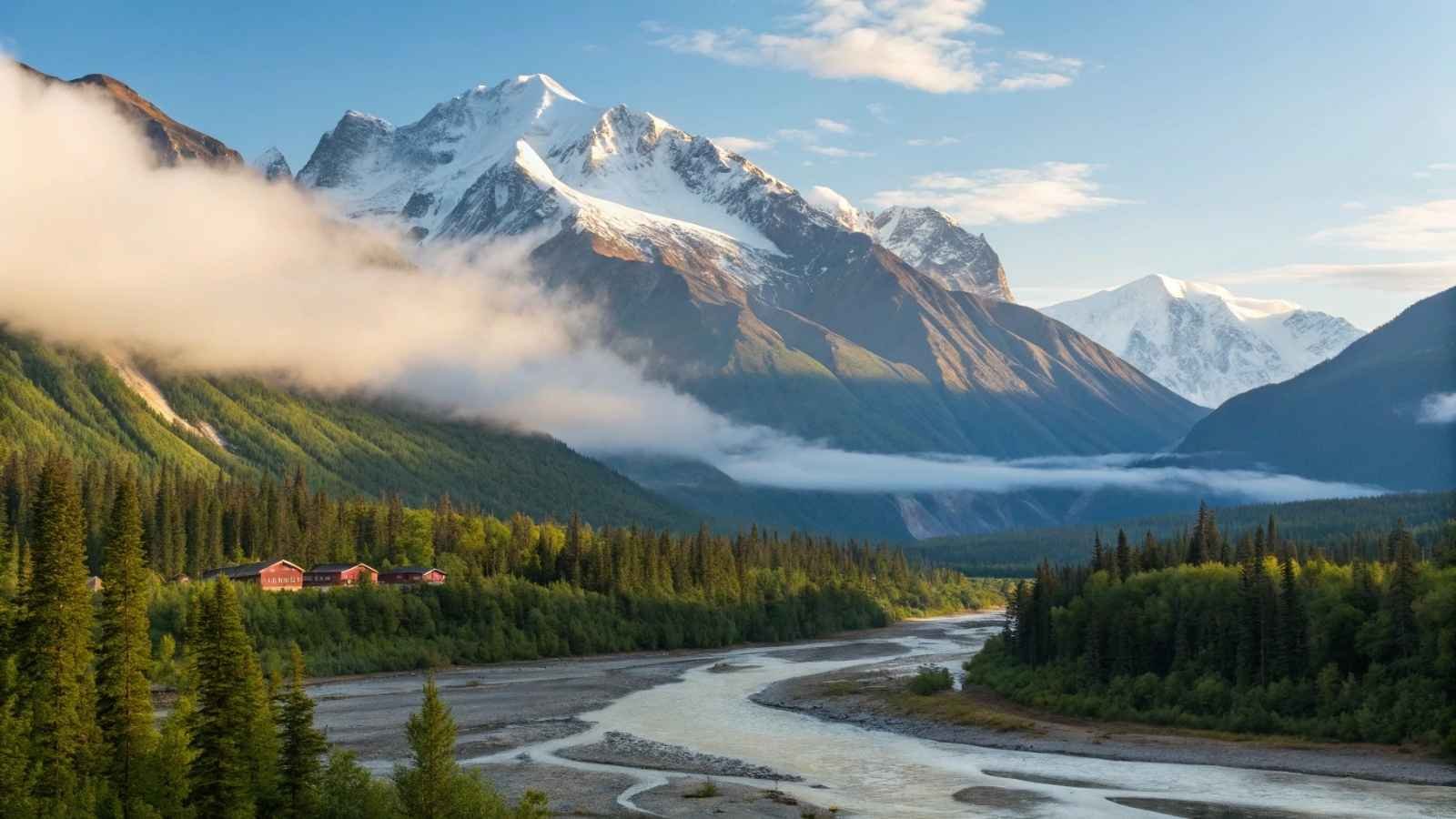
The largest national park in the United States, Wrangell–St. Elias is so vast it could fit Yellowstone, Yosemite, and Switzerland inside—with room to spare. It’s a place of towering mountains, ancient glaciers, and abandoned copper mines that now sit quietly, being reclaimed by the wild.
What makes it unforgettable is the sheer scale of everything. You’ll see 14,000-foot peaks and 60-mile-long glaciers without a crowd in sight. You can drive partway into the park, but the real magic lies beyond the gravel road: bush flights to remote basecamps, ice-climbing adventures, and multi-day glacier treks.
One afternoon, I stood on a glacier under a blue sky, watching ice collapse into a hidden crevasse—it was one of those moments where nature reminds you how small you are. And how wild it still can be.
Quick Facts & Planning Tips:
- Best Months to Visit: June through early September
- Activities: Mountaineering, glacier trekking, rafting, flightseeing
- Getting There: Drive to McCarthy or take a bush plane
- Permits Required: None for general access; some activities may need permits
- Pro Tip: Visit the old Kennecott Mines—haunting and beautiful
5. North Cascades National Park, Washington

They call it the “American Alps,” but honestly, North Cascades feels wilder than that. Less visited than most national parks, this rugged terrain is packed with snow-capped peaks, glacial lakes, and moss-covered forests that seem plucked from a fantasy novel.
The park is a paradise for serious hikers and climbers. Trails like the Cascade Pass or Sahale Arm offer jaw-dropping views with almost no crowds. You can also canoe down the turquoise waters of Ross Lake, or find a backcountry site so quiet, you’ll forget highways even exist.
The best part? It’s just a few hours from Seattle, yet feels like another planet. I remember waking up in a backcountry campsite and seeing mountain goats above and fog rolling in like a slow tide—those are the mornings that stay with you.
Quick Facts & Planning Tips:
- Best Months to Visit: July to September (many roads are snow-covered in spring)
- Activities: Hiking, backpacking, kayaking, mountaineering
- Getting There: Drive from Seattle (2.5–3 hours)
- Permits Required: Yes, for backcountry camping
- Pro Tip: Stay in a lakeside cabin or yurt for a rustic-chic basecamp
6. Glacier Bay National Park, Alaska
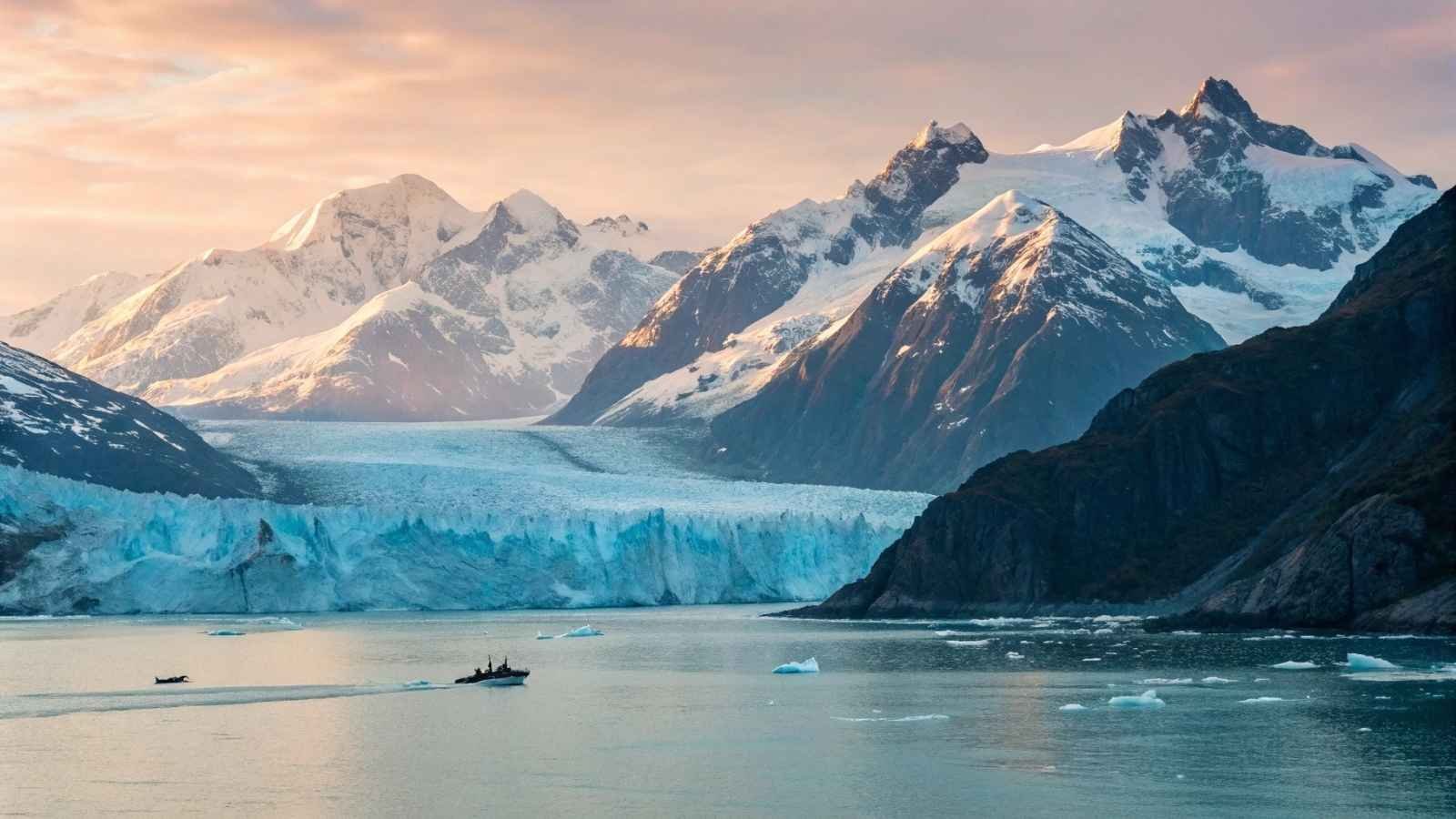
There are few sounds more humbling than a glacier calving into icy waters—and Glacier Bay is the kind of place where you’ll hear it more than once. Accessible only by boat or plane, this Alaskan wilderness is a stunning mix of ice, sea, mountains, and deep green forests where marine life steals the show.
Imagine kayaking near humpback whales, watching sea otters bob by like curious spectators, or hearing the blow of orcas just around the bend. That’s Glacier Bay. And the backdrop? Blue-tinged glaciers, snow-draped peaks, and fjords that look like they’ve never been touched by human hands.
The vibe here is primal. One foggy morning, I watched a glacier slowly calve while a bald eagle flew overhead—it felt like stepping into a David Attenborough documentary, only better because you’re living it.
Quick Facts & Planning Tips:
- Best Months to Visit: Late May to early September
- Activities: Kayaking, glacier tours, wildlife cruises, hiking
- Getting There: Fly into Gustavus, then by boat or small cruise
- Permits Required: None for day trips; permits for backcountry camping
- Pro Tip: Take a ranger-led boat cruise to see remote glaciers and wildlife hotspots
7. Great Basin National Park, Nevada

If you’re looking for stars, solitude, and surreal landscapes, Great Basin delivers all three in spades. Tucked away in eastern Nevada, this underrated gem features alpine lakes, ancient bristlecone pine trees, and the mighty Wheeler Peak—all with barely a crowd in sight.
By day, you can hike to icy mountaintops or explore the Lehman Caves, a massive limestone cave system carved over millions of years. But come nightfall? The sky turns into one of the clearest stargazing experiences in the country. No light pollution, no noise—just endless stars and your thoughts.
I camped here once in late September, and the night sky was so vivid it honestly made me a little emotional. There’s something about seeing the Milky Way so clearly that makes you feel small in the best way.
Quick Facts & Planning Tips:
- Best Months to Visit: June to October (snow lingers in high elevations)
- Activities: Hiking, caving, stargazing, wildlife spotting
- Getting There: Drive from Las Vegas or Salt Lake City (4–5 hours)
- Permits Required: Free cave tour tickets (book early), no camping permit for front country
- Pro Tip: Visit the grove of bristlecone pines—some of the oldest trees on Earth
8. Congaree National Park, South Carolina

Not all wild places are icy or mountainous—some are green, lush, and alive with the buzz of cicadas and the glint of fireflies. Congaree, located in the floodplain forests of South Carolina, is one of the wildest and most underrated parks in the US, offering a swampy, dreamlike escape into a world of towering trees and lazy waterways.
You can canoe through flooded forest trails, walk boardwalks beneath canopy trees taller than 100 feet, and spot everything from owls to otters. It’s humid, tangled, and beautifully untouched, especially in early morning fog when the forest glows gold with the rising sun.
What stuck with me? The symphony of frogs and birds at dusk, and how the fireflies blinked in waves like nature’s own rave. Pure magic.
Quick Facts & Planning Tips:
- Best Months to Visit: March to May (for spring blooms & fireflies), October for cooler hikes
- Activities: Kayaking, birding, hiking, canoeing
- Getting There: Drive from Columbia, SC (~30 minutes)
- Permits Required: None for day hikes; permits for backcountry camping
- Pro Tip: Plan your trip around the synchronous firefly display in May—it’s unforgettable
9. Olympic National Park, Washington

Few parks pack this much ecological diversity into one space. From moss-draped rainforests to alpine ridges to wild Pacific coastlines, Olympic National Park feels like three national parks in one. And despite being relatively easy to reach, there are still plenty of places here where it’s just you and the wild.
You can hike through the Hoh Rain Forest, where the trees drip with moss and silence wraps around you like a blanket. Or stand atop Hurricane Ridge, watching clouds roll in over snow-covered peaks. Or head west to the beaches, where sea stacks rise like sentinels from the mist, and you might just spot whales breaching offshore.
One morning I hiked into Sol Duc Valley and watched the fog burn off the forest floor—by the time I reached the falls, it felt like I’d passed through several seasons. That’s Olympic: immersive, moody, and always full of surprises.
Quick Facts & Planning Tips:
- Best Months to Visit: July to September for dry weather
- Activities: Hiking, beachcombing, rainforest exploration, hot springs
- Getting There: Drive from Seattle (~2.5–3.5 hours)
- Permits Required: Required for backcountry camping and overnight beach trips
- Pro Tip: Camp on Second Beach for a coastal wilderness experience under the stars
10. Big Bend National Park, Texas
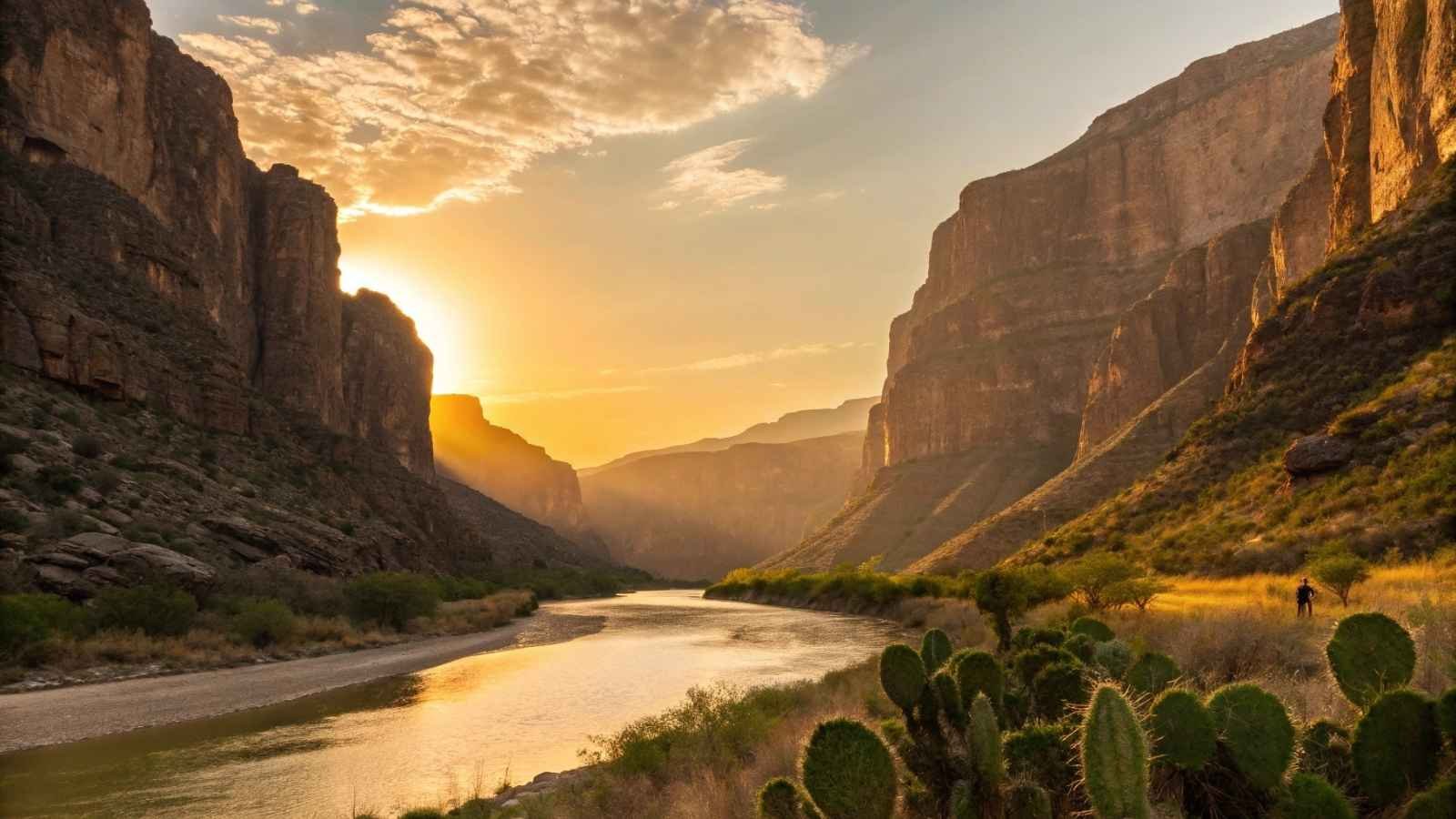
Big Bend is where the desert meets the stars, and it’s one of the few places in the U.S. where you can soak in hot springs, kayak down an international border, and hike through three wildly different ecosystems—desert, mountain, and river canyon—all in a single day.
Located along the Rio Grande in West Texas, this park is immense and rugged, with scenery that feels plucked from an old Western. The Chisos Mountains rise unexpectedly from the desert floor, while Santa Elena Canyon carves a jaw-dropping path through towering rock walls. The silence here is different—deeper. You’ll hear coyotes at night and your footsteps echoing during the day.
I camped solo in the desert once and was amazed at how the night sky lit up like a dome of diamonds—Big Bend has some of the darkest skies in the lower 48. Just you, the stars, and the open land.
Quick Facts & Planning Tips:
- Best Months to Visit: October to April (summers are brutally hot)
- Activities: Hiking, river rafting, stargazing, hot springs soaking
- Getting There: Drive from Midland or El Paso (4–5 hours)
- Permits Required: For backcountry camping and river trips
- Pro Tip: Hit the South Rim Trail for sweeping views into Mexico—it’s tough, but worth it
11. Redwood National and State Parks, California
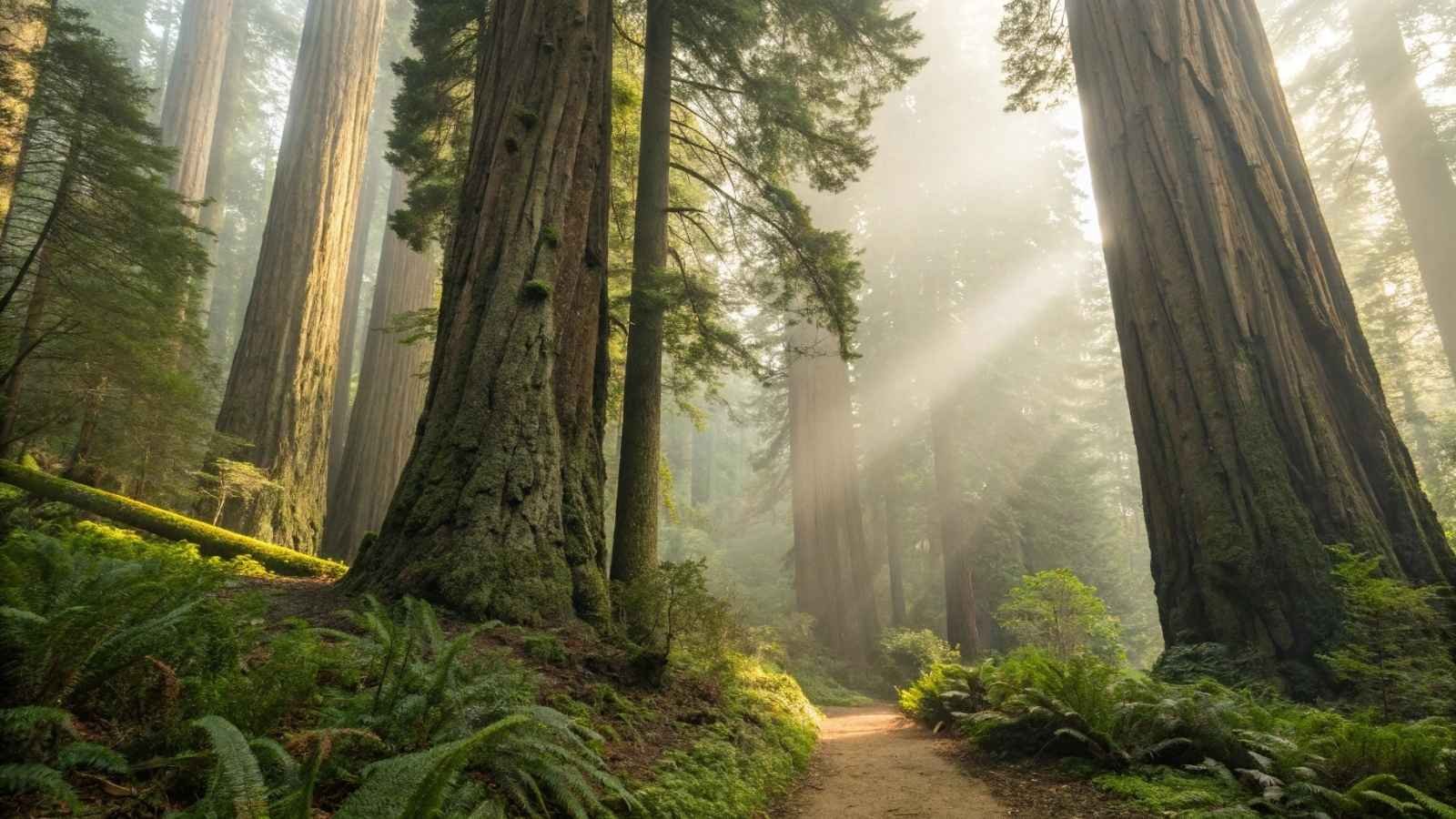
Walking through the ancient redwood groves feels like time has folded in on itself. These trees—some over 2,000 years old—tower so high that sunlight barely reaches the forest floor. It’s a hushed world, cathedral-like, where even your footsteps seem too loud.
But Redwood isn’t just about the trees. The rugged Pacific coastline, fern-filled canyons, and open prairies all stretch through a park system that’s wildly more diverse than most expect. One moment, you’re winding through misty forest trails. The next, you’re watching elk graze near windswept cliffs with crashing waves just beyond. It’s that contrast that makes this place feel alive in a different rhythm—slower, deeper, older.
I’ll never forget a quiet sunrise walk along the Damnation Creek Trail. The redwoods loomed like silent giants, and when I emerged at the cliff’s edge, the fog parted just enough to reveal the ocean below. That moment hit me: this park is as much about feeling small as it is about appreciating something big.
Quick Facts & Planning Tips:
- Best Months to Visit: May to October for dry hiking trails
- Activities: Hiking, scenic drives, beachcombing, wildlife watching
- Getting There: Drive from Crescent City or Eureka, CA
- Permits Required: Some trails and overnight areas require free permits
- Pro Tip: Don’t miss Fern Canyon—it’s otherworldly and was featured in Jurassic Park 2
12. Canyonlands National Park, Utah

Canyonlands is where silence speaks loudest. It’s not flashy like its neighbor Arches, and it doesn’t pull the crowds of Zion—but that’s the magic. Out here, it’s you, the sandstone, and a sky so wide it makes your thoughts echo.
The park is split into four districts—Island in the Sky, The Needles, The Maze, and the Colorado and Green Rivers. Each one feels like a world apart. Island in the Sky offers cinematic overlooks that make you gasp out loud. The Needles is a hiker’s dream, with trails weaving through towering rock formations and hidden canyons. And The Maze? That’s pure backcountry wild—remote, rugged, and for the truly brave.
What really gets under your skin here is the feeling of ancient stillness. The rocks glow pink and orange at sunrise, casting long shadows that stretch like time itself. I once sat alone on a cliff edge for hours, just watching the light change. No noise. No distractions. Just the Earth, slowly exhaling.
Quick Facts & Planning Tips:
- Best Months to Visit: March–May and September–October for milder temps
- Activities: Hiking, mountain biking, stargazing, 4WD backcountry exploration
- Getting There: Drive from Moab, Utah (30–90 minutes depending on district)
- Permits Required: For The Maze, overnight trips, and backcountry camping
- Pro Tip: Go early in the morning—sunrise at Mesa Arch is a quiet thrill you won’t forget






